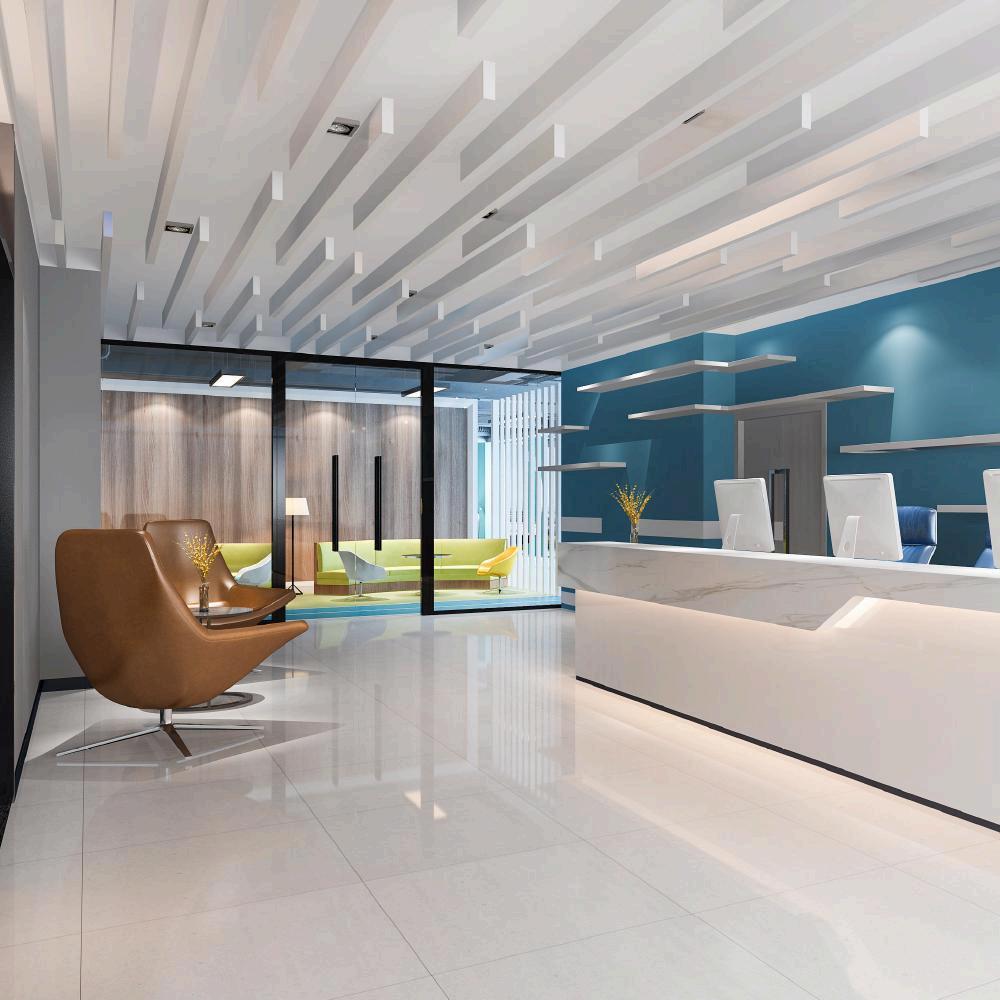S2 Associates: Crafting Ideal Learning Spaces for Toddlers

As noted by S2 Associates, Designing learning spaces for toddlers requires a balance between creativity, safety, and developmental psychology At this early age, toddlers are naturally curious and begin exploring their world through sensory experiences. The space around them plays a pivotal role in shaping their learning journey Thoughtfully designed environments can encourage cognitive, social, and motor development, fostering a love of learning from the very start.
The physical environment should be designed with the toddler’s size and abilities in mind Low furniture, such as small tables and chairs, allows them to interact with the space without needing constant help. It’s also crucial to create a safe, accessible area with soft floors or rugs that provide comfort for crawling, sitting, or moving freely Every piece of furniture or object should be reachable, allowing toddlers to gain independence as they explore on their own. Giving them autonomy in their environment helps build confidence and problem-solving skills
Colors and textures have a profound impact on toddler engagement. Soft, calming tones can make the space feel welcoming, while bold colors can attract attention and stimulate curiosity Introducing a variety of textures such as smooth, soft, and rough materials encourages sensory development. These tactile experiences help toddlers understand the world around them while contributing to motor skills as they handle different textures, like wooden blocks, plush toys, or water play items.
A well-organized environment is also essential for toddlers, who are still learning to navigate their surroundings. Designating specific areas for different activities such as a reading nook, a block-building corner, or a sensory station helps toddlers understand how to engage with various materials A consistent layout promotes security and routine, giving them the structure they need while still allowing room for exploration.
Safety is a non-negotiable consideration in toddler learning spaces Rounded corners on furniture, non-toxic materials, and childproof locks on cabinets or drawers ensure that the environment is both secure and supportive It’s also important to include items that encourage social interaction, such as soft seating for group play or small tables where toddlers can share activities These interactions teach essential social skills like taking turns, communicating, and cooperating
By designing learning spaces that are sensory-rich, accessible, and safe, we create environments that allow toddlers to thrive In these spaces, toddlers can explore, make, and develop at their own pace, laying the foundation for a lifetime of curiosity and learning.
